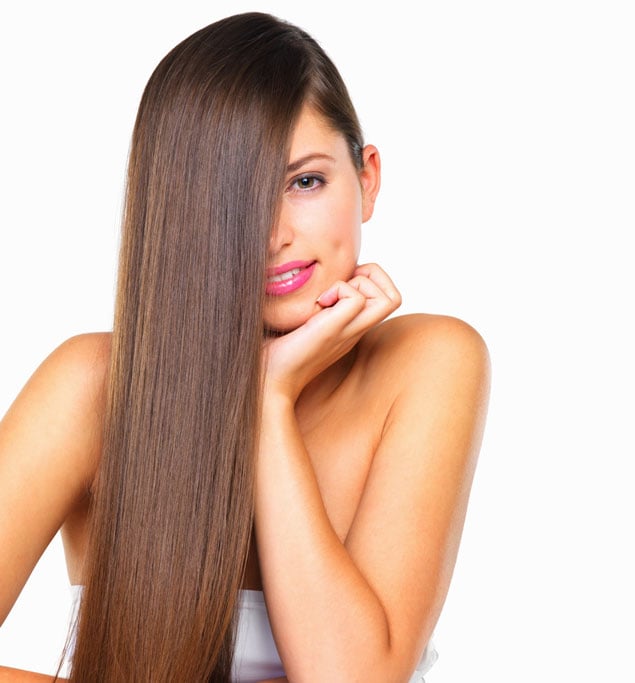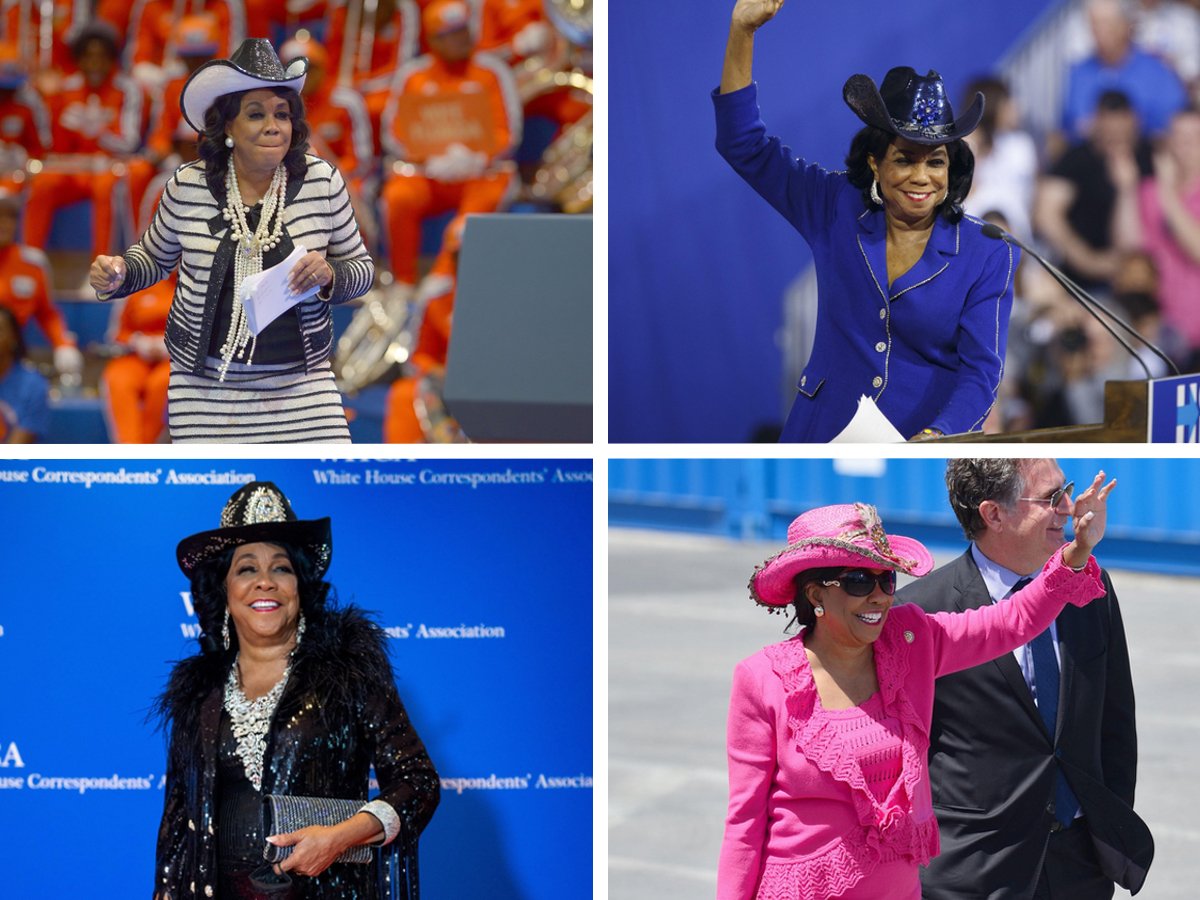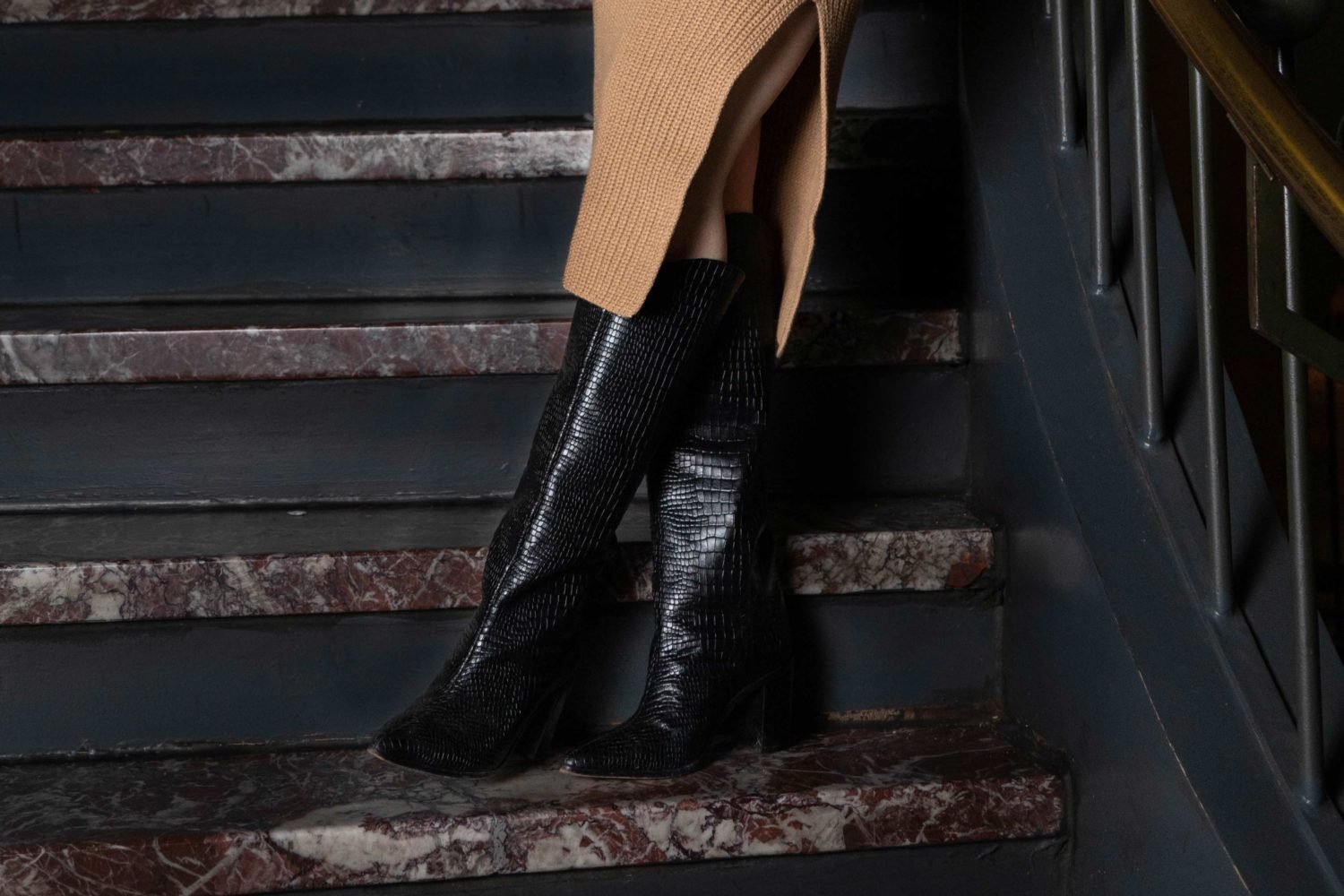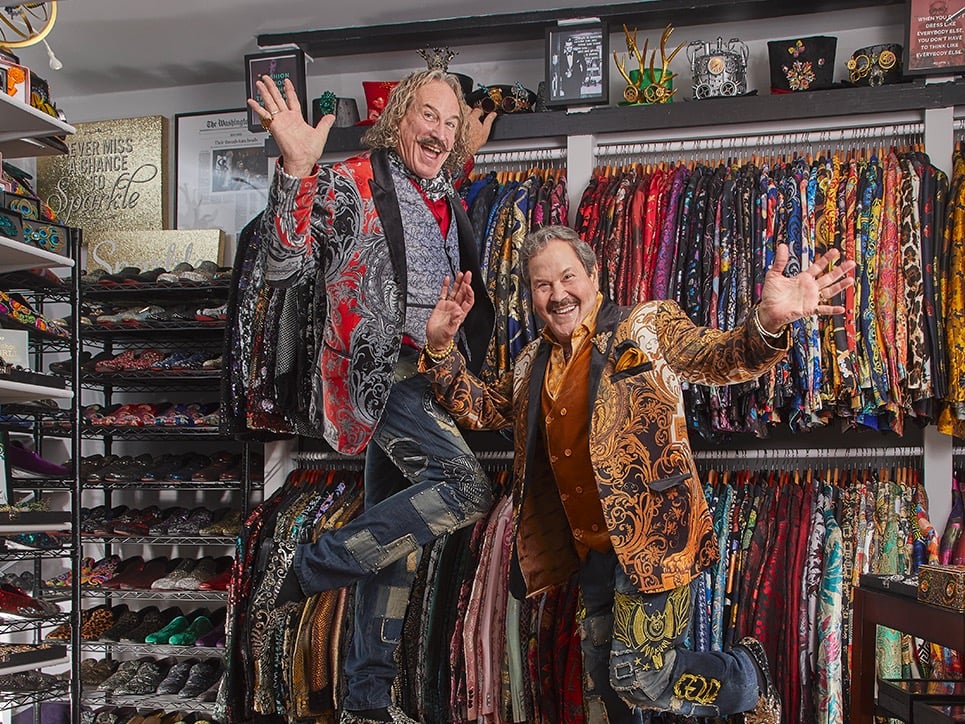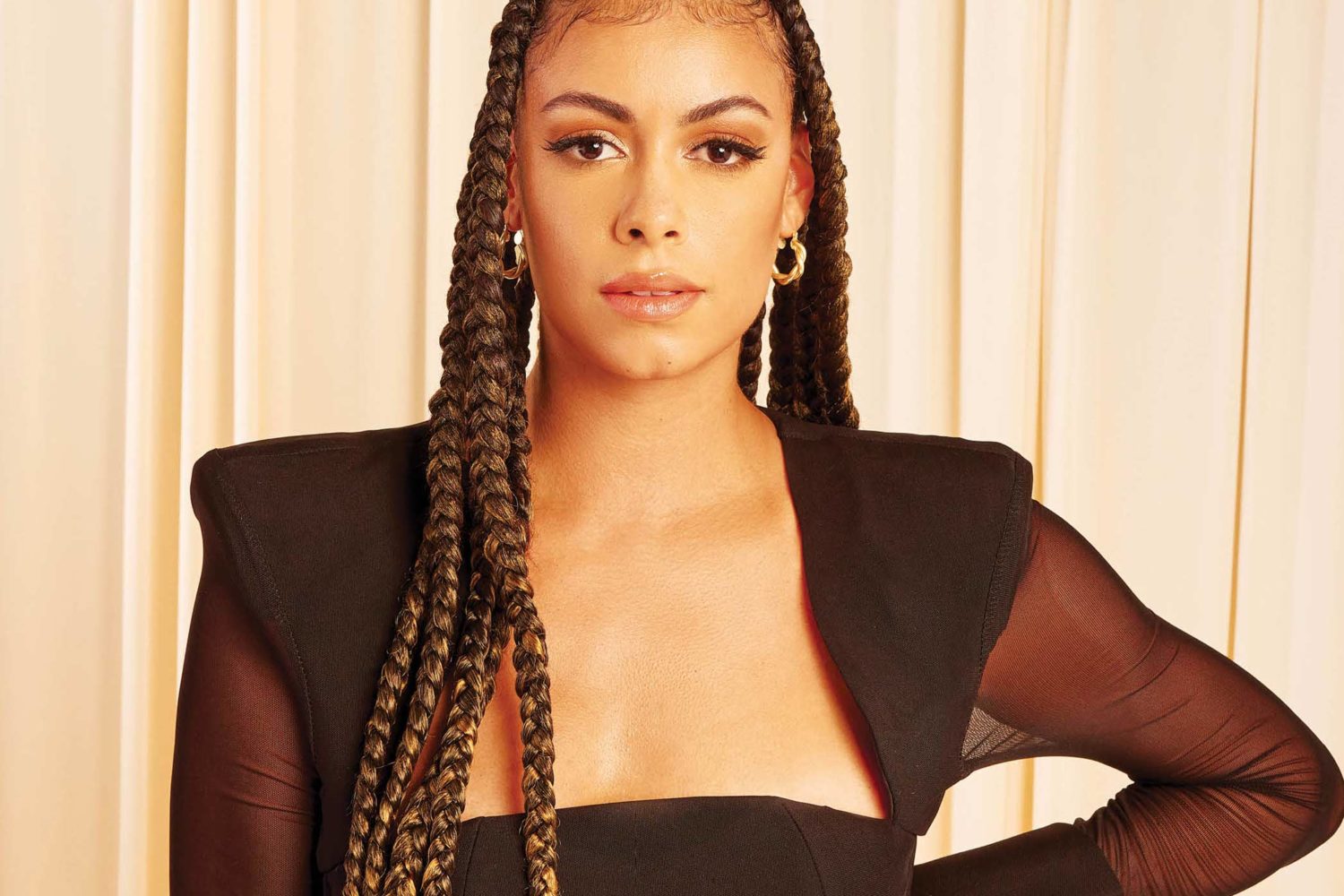When the international hair-straightening craze called Brazilian Blowout hit US salons
a few years ago, women around the Beltway joined celebrities such as Halle Berry and
Lindsay Lohan in singing its praises.
At more than $300, the treatment didn’t come cheap, but it was worth every penny to
some women, who saw kinky frizz transformed into lustrous locks, an effect that would
last at least three months.
The Brazilian-keratin straightening method claimed to be free of formaldehyde, a carcinogen.
But in 2010, researchers at Oregon Health & Science University analyzed samples of
a Brazilian Blowout Solution after salon workers complained of nosebleeds and difficulty
breathing. The researchers found an average of 8.8 percent formaldehyde in the 37
bottles. Similar products also had high formaldehyde concentrations, from 1 to 7 percent.
The Cosmetic Ingredient Review, a panel that assesses the safety of ingredients in
beauty products, states that no product should contain more than 0.2 percent formaldehyde.
Last August, the Food and Drug Administration instructed Brazilian Blowout to reduce
the formaldehyde in its products to acceptable levels or face further injunctions,
including a ban of the product in the United States.
Many other formaldehyde-laden frizz-fighting services are still available—and in demand.
The good news? There are kinder, gentler alternatives to getting out your kinks.
To Keratin or Not?
Keratin is the main protein that makes up hair and nails. Over time, keratin becomes
brittle and can break from exposure to hair dyes, hot tools, and alcohol- and detergent-based
products. But it can be replaced by essentially welding it onto the outer layer of
hair with a flatiron. This process fills in damaged cuticles, repairing each hair
strand and reducing frizz.
While hair is left silkier, keratin alone isn’t enough to make it straighter. “Keratin
is widely used in shampoos and conditioners,” says Dennis Roche of DC’s Roche Salon.
“What made it work as a straightener was a bonding agent like formaldehyde. It’s like
taking soft, overcooked asparagus and tightly wrapping it in cellophane.”
New treatments such as Nano Keratin reduce frizz and increase manageability enough
to decrease blow-drying time by 50 percent, says Manuel Solorzano of DC’s Manuel Salon.
“The difference is the size of the nano molecule,” he says. “It’s 0.000000001 the
size of a regular keratin molecule, so it’s able to penetrate into the smallest fissures
and fill them. It’s a big improvement to regular keratin—hair looks unbelievably shiny
and healthy, and it won’t get big in the humidity.”
Hair is first washed with a clarifying shampoo, which may be left on for up to 45
minutes to remove product buildup. It’s then finger-dried with a round brush to remove
about 80 percent of the moisture. Next, the keratin product is applied and left on
the hair for 30 minutes, after which hair is blow-dried and flatironed at 450 degrees,
a much hotter temperature than used for normal styling.
The process takes three to six hours depending on hair length, and clients return
after four days of no hair-washing so Solorzano can shampoo their hair and apply Miracle
Mask, a combination of Nano Keratin and natural oils to seal the cuticle further and
increase shine.
The treatment usually costs $350 or more in Washington and can last up to eight months
with a little TLC, meaning going two to three days between shampoos and skipping products
with sulfates, sodium chloride, and alcohol. Your natural texture gradually returns
as it washes out.
Though keratin is safe for all hair types and conditions, the extreme heat of the
flatiron may cause breakage that’s visible only after the cuticle-sealing keratin
wears off.
Natural Wonder?
On the other side of the keratin camp are essential-oil-based treatments, such as
the new Yuko Anti-Frizz, which temporarily removes 50 to 75 percent of hair’s curl
without excessive heat in as little as 90 minutes. Roche is one of the few local salons
that offer it, at $300 a pop.
“The client satisfaction is very high because hair is straight but never flat,” says
Roche.
The formula is based on two principles of hair straightening: increasing the cuticle’s
ability to absorb the product, then sealing it in. “All of these products, whether
they have keratin or not, rely on the porosity of hair,” says Roche. “It does nothing
to have them sit on top of the hair. The more they’re absorbed, the better they work.
The more damaged the hair, the better the result.”
The first step involves applying a high-alkaline shampoo to soften hair bonds, making
strands more porous. Next, a combination of essential oils, including meadowfoam and
palm oil, is applied to hair and left to set for five minutes before being mostly
rinsed out. Finally, the hair is blow-dried and flatironed, though at only 200 degrees
and using only three passes over each section, as opposed to the six to eight required
for keratin treatments.
Hair may be washed one day later and gradually returns to its original state over
three to six months.
Results are similar to that of keratin treatments in that blow-drying and styling
time are reduced significantly. Yuko Anti-Frizz does remove curl, whereas keratin
removes frizz, not texture. While retaining natural volume is a positive for most,
it may not be ideal for those with thick, coarse hair. But if your hair is already
suffering from breakage and split ends, this treatment’s lower heat settings may prevent
further damage.
Everything Old Is New
Even as new temporary treatments hit the market, many women rely on the permanent
gold standard: Japanese hair-straightening.
“My clients still choose this method because it doesn’t wash out over a few months
and you don’t have to do anything at home to have straight hair,” says Akiko Yoshihara
of Georgetown’s Ozuki Salon, which specializes in Japanese hair treatments.
Also called thermal reconditioning, this straightening option was introduced in the
US in 1998 and relies on Cosmetic Ingredient Review-approved ammonium thioglycolate.
Hair is saturated with a solution containing a chemical that breaks the bonds giving
each strand its shape; after that, it’s rinsed, blow-dried, and painstakingly flatironed.
Once a neutralizer is applied, the hair is permanently straightened, like a perm in
reverse.
“People often think that Japanese straightening can only make hair stick-straight,
but an experienced stylist can control the level of straightening and leave in some
texture and volume,” says Yoshihara.
The process can take more than four hours, depending on the thickness, texture, and
length of hair, and can cost $250 or more.
Once the treatment is over, hair is the very definition of wash-and-wear—smooth, straight,
and frizz-free even after air-drying. Many people can go a full year without a touchup,
but those with kinkier hair should schedule appointments every six to eight months
to treat hair that’s grown out.
Keep in mind that the only way to return hair to its natural curl is by waiting for
it to grow out completely. Because it contains chemicals that can damage hair, it’s
not a good choice for those with very blond, bleached hair or with highlights that
cover more than half of the hair.
“You’re weakening the hair bond with a chemical, so it is damaging, especially for
someone whose hair is already dry and damaged,” says Yoshihara. “But using a flatiron
every day is a lot worse for your hair than getting one of these treatments.”
Where to Straighten Your Hair
These salons are recommended for each type of hair straightening.
Nano Keratin
Manuel Salon. Favored by the embassy set, Venezuelan export Manuel Solorzano has been taming high-maintenance
hair for more than 25 years. He is complimented as much for his cut and color abilities
as for his straightening. Treatment starts at $400.
3256 Jones Ct., NW; 202-965-0484.
Studio 355 Hair & Day Spa. Frizz-fighter Paul Lochard has been in the business a long time: He started his career
in Washington cutting with Nancy Reagan’s mane man, Robin Weir. Treatment starts at
$350.
11755 Rockville Pike, North Bethesda; 301-230-2929.
Yuko Anti-Frizz
Christie Adam Salon & Spa. Nora Battey and Mirian Sell preserve curls and waves but virtually wipe out flyaways,
so locks require considerably fewer products and less maintenance. Treatment starts
at $350.
1025-F Seneca Rd., Great Falls; 703-430-4800.
Roche Salon. Roche was an early adopter of Yuko Anti-Frizz, and it also maintains a loyal clientele
for Yuko permanent straightening (similar to Japanese straightening). Expert stylist
Ruth Harper offers both. Treatment starts at $300.
3000 K St., NW, 202-775-0775; 1624 I St., NW, 202-887-8150.
Salon Rafik. After 30 years of styling, owner Rafik Gregorian performs most of the Yuko Anti-Frizz
treatments himself after a consultation to review your texture, styling habits, and
goals. Starts at $200.
3307 M St., NW; 202-965-4000.
Japanese Straightening
Inari Salon & Spa. The resident smoothing stylist, Dana Hirankit, carefully evaluates each strand and
discusses all the pros and cons of treatment before you commit to this or any of her
other straightening alternatives. Starts at $550.
1425 K St., NW; 202-898-6350.
Japanese Hair Straightening Salon. Straightening expert Jian Huang has amassed a following of formerly curly-haired
converts thanks to his customized approach, follow-up (he’s been known to check in
with clients a week after treatment to make sure they’re happy with their results),
and bargain rates (shoulder-length hair runs $250).
9547 Arlington Blvd., Fairfax; 703-939-2830.
Ozuki Salon. As the area’s only salon specializing in Japanese-style cuts and treatments, Ozuki
is a home away from home for many Asian transplants—as well as those who just want
sleek, smooth locks. Treatment starts at $500.
1025 Thomas Jefferson St., NW; 202-342-7591.

